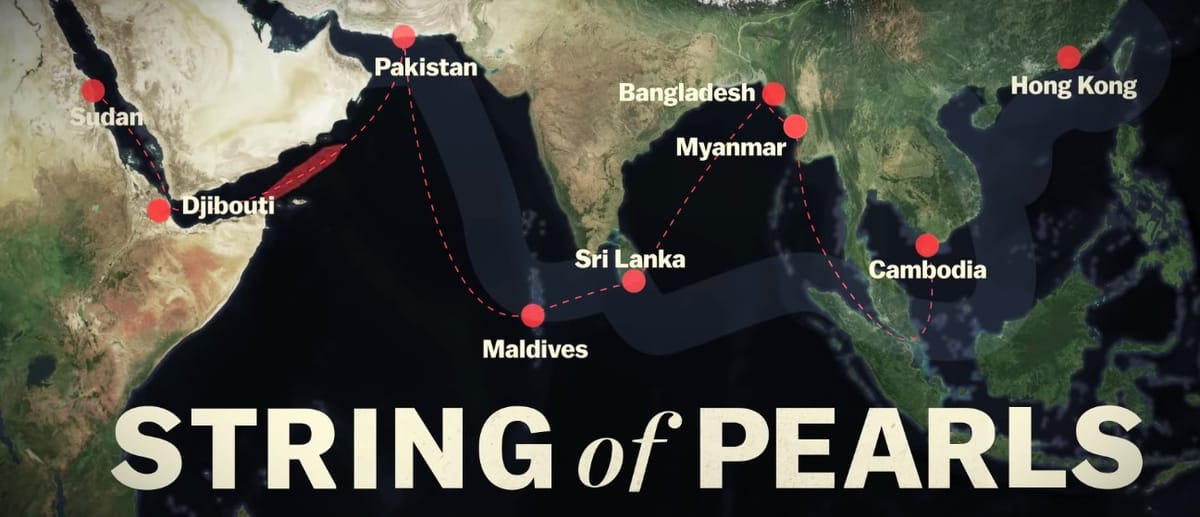Is China on its way to global supremacy, and if so, at what cost for developing countries?

“The ambition is immense” – one economist explains in their analysis of ‘What is China’s Belt and Road initiative?’ (BRI). The strategy launched in 2013 by President Xi Jinping, involves supplying trillions of dollars as part of an infrastructure project to reroute global trade. For instance, gas pipelines from the Caspian Sea to China. It has gained notable attention across the world, mainly the U.S. who always seem to take an interest in non-western agendas. The programme has received a fair share of plaudits and critics.
In a video titled ‘China’s trillion-dollar plan to dominate global trade’, the program discussed China’s efforts to be a major power. There are two parts to the initiative, the ’Economic belt’ where China can import and export goods from other countries, and the ‘Maritime Silk Road’ a “chain of seaports stretching from South China to Africa”. Both are essential mechanisms in China’s pursuit of global domination. When interpreting the remarks made in the video, China plans to shift developing countries from continuously looking West (the U.S. being the primary source) to looking at China as an alternative trading partner. 60 states have signed up to the programme.
Although it has proven to be fruitful for China, it remains a leap of faith for those signed up to the agreement.
The partnership involves China lending money to these countries in the form of loans, which may jeopardise the chances developing states have of growing exponentially from this agreement. John Hurley, Scott Morris, and Gailyn Portelance wrote a policy paper ‘Examining the debt implications of the Belt and Road Initiative from a Policy Perspective’. It pointed out how Pakistan is suffering from “debt distress” due to its continuous borrowing. In the case of Sri Lanka, China loaned $1.5 billion to support with constructing a seaport. Due to Sri Lanka lacking the financial means to repay its loans, a Reuters article stated China is to run a “$1.5 billion Chinese-built port on a 99-year lease”. This ties in China’s military agenda, alongside its pursuit of oil and gas. Not only Sri Lanka, but Pakistan, Djibouti and soon Myanmar, will look to open up naval bases. It has been dubbed as the “String of Pearls”, according to commentators.
Ms. Lagarde, IMF’s Managing Director, believes it can lead to “problematic increase in public debt”. In Montenegro’s case, this is seen as a big “risk” regarding China’s projects, which involves building railroads. Similar to Sri Lanka, China will be able to seize their territories and pay a low tax. However, Vatroslav Belan, an advisor to the Deputy Prime Minister claims that Montenegro is “not in a dangerous position”. The likelihood of Montenegro being able to repay its loans looks slim, due to its already stagnant economy and public debt. Is this a debt trap?
With America’s isolationist agenda, this leaves the door open for China to dominate global trade via the BRI strategy. Although it has proven to be fruitful for China, it remains a leap of faith for those signed up to the agreement. As evident with Montenegro, Sri Lanka, and Pakistan, the BRI strategy has caused significant implications for their economic sustainability. This ambitious project seems only to favour the one governing it – China.



